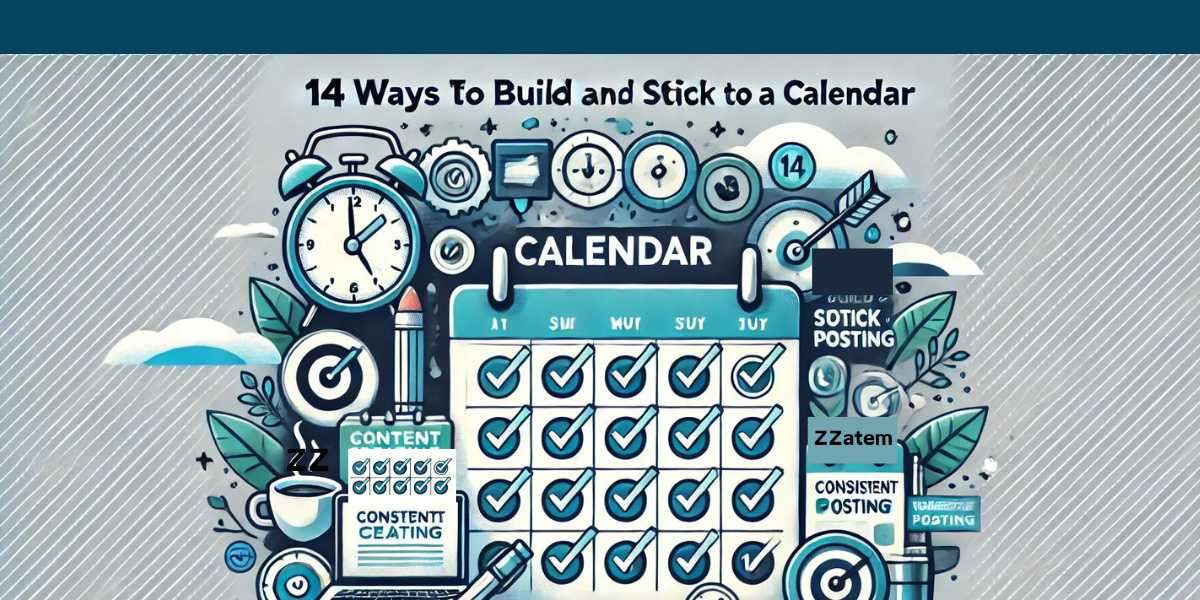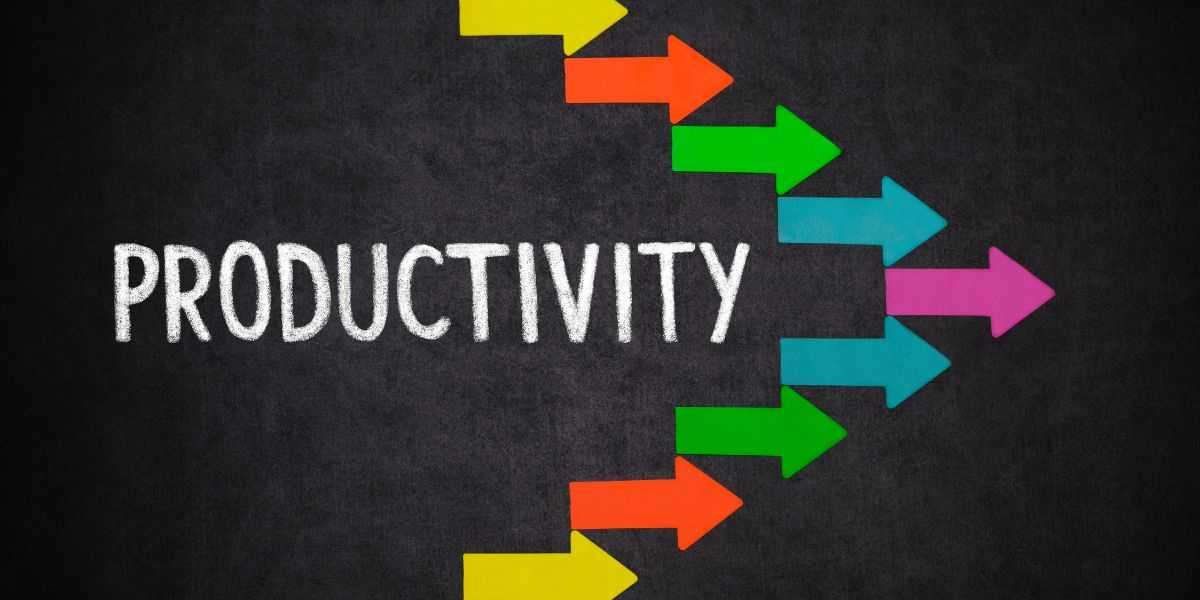The Power of Consistency in Blogging: Why Regular Posting Matters
Consistency is key to success in many areas of life, and blogging is no exception. In the fast-paced digital world, where new content is constantly being published, maintaining a regular posting schedule can be the difference between a thriving blog and one that fades into obscurity. For users of ZZatem Blogging, one of the leading platforms in the blogging sphere, consistent posting is not just a good practice—it’s essential.
1. Building Reader Trust Through Consistent Posting
One of the most significant benefits of consistent posting is the trust it builds with your audience. Readers return to blogs that they know will provide fresh, valuable content regularly. When you deliver on your promise of regular posts, your audience begins to rely on you as a trusted source of information or entertainment.
Inconsistent posting, on the other hand, can erode this trust. If a reader visits your blog several times only to find no new content, they may lose interest and stop visiting altogether. Worse, they may perceive your blog as unreliable, which can negatively impact your brand’s reputation.
2. The SEO Advantage of Regular Posting
Search engines like Google favor websites that are updated frequently with fresh content. By posting regularly on ZZatem Blogging, you signal to search engines that your blog is active and relevant. This can lead to better rankings in search results, driving more organic traffic to your site.
Also, consistent posting allows you to target a variety of keywords over time, increasing the chances of your blog being discovered by new readers. Each post adds to the overall keyword diversity of your blog, helping you capture a broader audience.
3. Creating a Content Calendar: Your Blueprint for Success
A content calendar is a powerful tool for ensuring that you maintain a consistent posting schedule. It helps you plan your content in advance, so you’re not scrambling for ideas at the last minute. Here’s how you can create and stick to a content calendar:
4. Set Clear Goals
Begin by identifying what you want to achieve with your blog. Are you aiming to increase traffic, build a loyal readership, or establish yourself as an authority in your niche? Your goals will guide your content strategy and help you determine how often you should post.
5. Determine Your Posting Frequency
Consider your resources and how much time you can realistically dedicate to blogging. It’s better to commit to a lower frequency that you can maintain consistently than to overcommit and burn out. For some, posting once a week may be sufficient, while others might aim for three or more posts per week.
6. Brainstorm Content Ideas
Once you’ve determined your posting frequency, brainstorm topics that align with your goals and audience interests. Group these ideas into categories or themes that you can rotate through, ensuring a diverse and engaging content mix.
7. Create a Posting Schedule
ZZatem Blogging gives you the power to preschedule blogs as far in advance as you like, providing unparalleled flexibility in your content planning. Whether you want to plan for the next month or the entire year, ZZatem makes it easy to organize and automate your posting schedule, ensuring that your content goes live exactly when you want it to.
8. Plan for Flexibility
While consistency is crucial, it’s also important to allow for flexibility. Sometimes, unexpected events or trending topics arise that you may want to address in your blog. Build in some buffer time in your calendar to accommodate these opportunities.
9. Utilize Content Batching
Content batching is the process of creating multiple pieces of content in one sitting. This strategy can save you time and reduce the pressure of constantly having to produce new content. Dedicate specific days or blocks of time to writing, editing, and scheduling your posts.
10. Monitor and Adjust
Regularly review your content calendar and assess how well it’s working for you. Are you meeting your posting goals? Is your audience engaging with your content?
11. Overcoming Common Challenges in Maintaining a Content Calendar
Even with the best intentions, sticking to a content calendar can be challenging. Here are some common obstacles and how to overcome them:
12. Writer’s Block
Everyone experiences writer’s block from time to time. When this happens, revisit your brainstorming notes, and consider repurposing older content or collaborating with guest bloggers to keep the momentum going.
13. Time Constraints
Life can get busy, and blogging might not always be at the top of your priority list. To combat this, set aside dedicated time for blogging each week and treat it as a non-negotiable appointment.
14. Lack of Inspiration
If you’re struggling to come up with new ideas, engage with your audience through surveys or social media to discover what they want to read about. Additionally, staying informed about industry trends can spark new content ideas.
Consistency is one of the most powerful tools at your fingertips. By sticking to a regular posting schedule on ZZatem Blogging, you can build reader trust, improve your SEO, and establish your blog as a reliable source of content. A well-structured content calendar is your roadmap to achieving this consistency, helping you stay organized, focused, and ahead of the curve.
Remember, the key is not just to start strong but to maintain your momentum. With careful planning and commitment, you can create a thriving blog that resonates with your audience and stands the test of time.
How do you manage to stay consistent with your blogging schedule?
Do you have any tips or tools that have worked well in maintaining a regular posting routine?
Let us know in the comments!!
Have questions!? Message us at ZZHello and one of our ZZatem Blogging Experts will get back to you shortly!








